Both procedures are about equally effective, but which is better depends on your vision needs and current conditions

If you’ve been considering laser eye surgery, you probably already know about LASIK. But did you know that you may have another option?
Cleveland Clinic is a non-profit academic medical center. Advertising on our site helps support our mission. We do not endorse non-Cleveland Clinic products or services. Policy
LASIK has been around longer, but there are other surgeries that can correct your vision so you can do away with glasses and contacts. We’re talking about SMILE eye surgery. And for some people, it may be an even better option than LASIK.
“SMILE is an alternative to LASIK that does not involve making a flap and has been shown to be about equally effective,” says ophthalmologist William Dupps, MD, PhD.
What are the differences between LASIK and SMILE and which one might be better for you? Dr. Dupps shares.
Let’s start at the beginning. Both LASIK and SMILE are laser eye surgeries that can fix problems with your vision. They’re called refractive errors, and they’re the most common reasons that people have blurry vision.
In both LASIK and SMILE, your surgeon uses a laser to reshape your cornea (the outermost layer of your eyeball). That’s because a misshapen cornea prevents light from taking the right route through your eye, causing things to get a little (or a lot) fuzzy. By changing the shape of your cornea, LASIK and SMILE allow light to take its proper route to your retina, allowing you to see more clearly.
People who undergo LASIK and SMILE procedures often can ditch their glasses and contacts — at least some of the time.
“Even after laser correction surgeries, some people may still need glasses for some tasks, like driving at night or reading,” Dr. Dupps notes. “And over time, your eyes may continue to change with age, so you may eventually need corrective lenses after surgery, especially for seeing close up.”
How do LASIK and SMILE work, and what are the pros and cons of each? Let’s take a close look.
During LASIK surgery, a surgeon creates a flap on the surface of your cornea and folds it out of the way. Then, they use a laser to reshape your cornea. Afterward, the flap is put back into place and starts healing.
During a SMILE procedure, your surgeon doesn’t make a flap in your cornea. Instead, the laser is used to remove a small bit of cornea tissue under the surface. That bit is called a lenticule. It’s a disk-shaped piece of corneal tissue, similar to the shape of an M&M® (but much, much smaller). Once this tissue is removed, it changes the curvature of your cornea to improve your vision.
During both LASIK and SMILE procedures, your eyes will be numbed so you won’t feel any pain. Most people can drive and return to their usual routine within a day or two after having either SMILE or LASIK.
LASIK was approved by the U.S. Food and Drug Administration (FDA) in 1999. So, we have a lot of research backing up its safety and effectiveness.
Researchers estimate that more than 20 million eyes have been treated with LASIK surgery. Studies say that about 99% of people have uncorrected vision that’s 20/40 or better after having LASIK surgery. More than 90% of people end up with 20/20 vision. More than 7,000 research studies have confirmed LASIK is a safe surgery.
Also, LASIK can treat several vision issues, including:
About 1 in 5 people who want LASIK don’t qualify. People who have extreme nearsightedness, farsightedness or astigmatism may not be good candidates for LASIK. People with dry eyes also may be advised against LASIK, as one of the top side effects of the procedure is dry eyes.
SMILE is a less invasive procedure than LASIK. It cuts fewer nerves near the surface of the eye, which may reduce problems with dry eye after the procedure. That also means there are lower chances of nerve or tissue damage.
SMILE can be an option for some people who don’t qualify for LASIK. That includes people who tend to have dry eyes and people with a higher prescription. It can also be effective for people who live very active lives. People who have LASIK can (very rarely) have complications if the corneal flap moves. Because there isn’t a flap created with SMILE, you don’t have to worry about that.
SMILE has been around since 2009 and has grown exponentially since then.
“It’s become very popular in Asia and in some places, is becoming the preferred procedure,” Dr. Dupps shares. Physicians have performed approximately 5 million SMILE procedures worldwide so far.
Research thus far has shown SMILE to be about as effective as LASIK. For example, one study of people who had SMILE surgery found that 99% of them had at least 20/40 vision six months after the surgery. The same study showed that 88% had 20/20 vision at their six-month check-up.
Unlike LASIK, SMILE isn’t an option for people with a farsighted (hyperopic) prescription. But it can treat nearsightedness and astigmatism.
Depending on where you live, it may be tougher to find a surgeon who is experienced with SMILE compared with surgeons who perform LASIK.
There is no right answer as to whether LASIK or SMILE is better. The question is, Which is better for you?
As SMILE can’t fix problems with seeing things close up, LASIK is the better option for farsightedness. And if you have dry eyes, SMILE is probably your better bet.
Beyond those broad strokes, it’s best to talk with a healthcare provider, like an ophthalmologist, about whether you’re a better candidate for LASIK or SMILE, and whether you qualify for laser vision correction at all.
For example, you’ll need to have a stable prescription for at least a year before you can be a candidate for any laser vision correction. And people who have conditions like cataracts, unmanaged diabetes or severe glaucoma may be turned down for laser correction surgery.
If you’re ready to rely less on glasses and contacts, talk with an ophthalmologist. They can help you understand if you’re a candidate for LASIK or SMILE and which might be better for you.
Learn more about our editorial process.
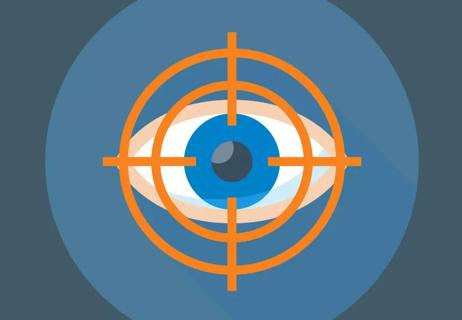
Explore three common options

Preserving your social life and protecting your mental health are key to living well with vision loss
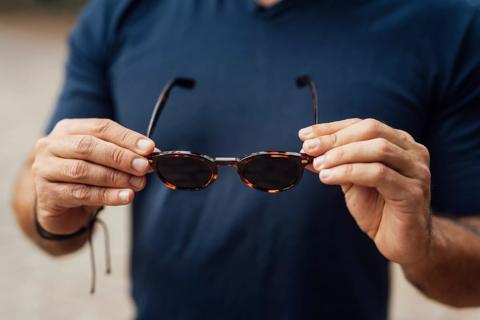
Start low-vision rehabilitation as soon as possible and see your retina specialist at least every six months
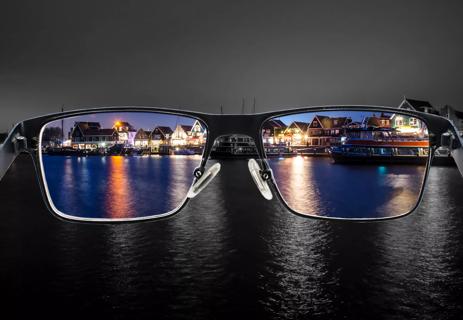
These trendy glasses might brighten some shades and help you see the difference between colors or brightness of hues, but they won’t cure your color vision deficiency

Eye drops and cold water rinses can help speed up healing for viral and allergen-related conjunctivitis, but a bacterial infection will need antibiotics
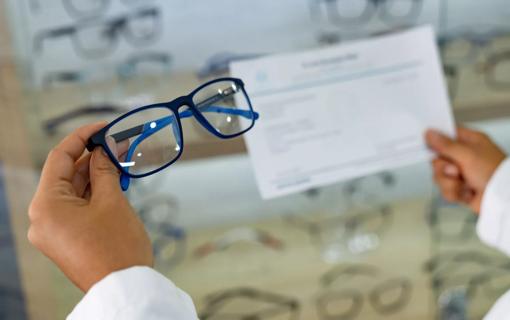
Your eye prescription reveals a lot about your eye health, including how they’re shaped, how well you see and what your new glasses can do for your sight
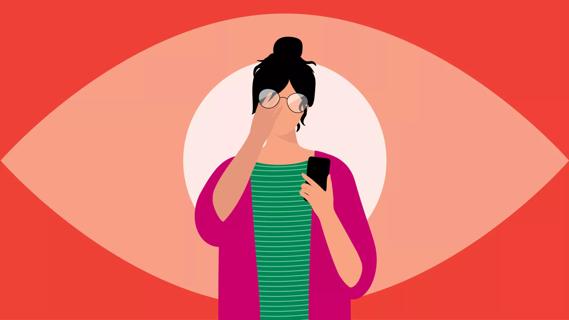
From scratching your cornea and tearing your retina to introducing allergens and causing infections, pawing at your peepers just doesn’t pay off

It’s critical to have the proper eyewear if you plan to look up at the sun, especially during the total solar eclipse on April 8, 2024

Your metabolism may torch 1,300 to 2,000 calories daily with no activity

A gentle touch in all the right places may help drain your sinuses